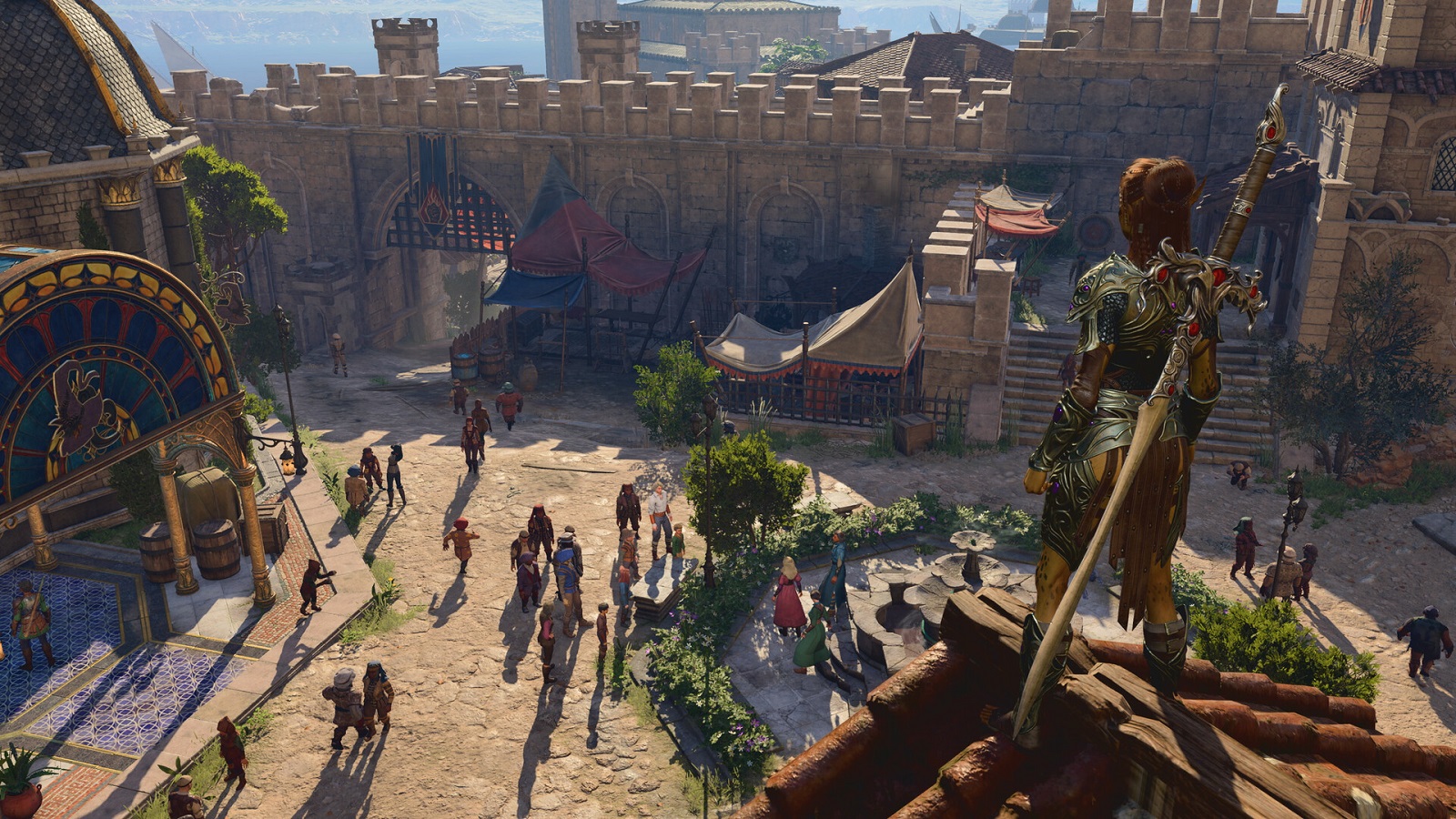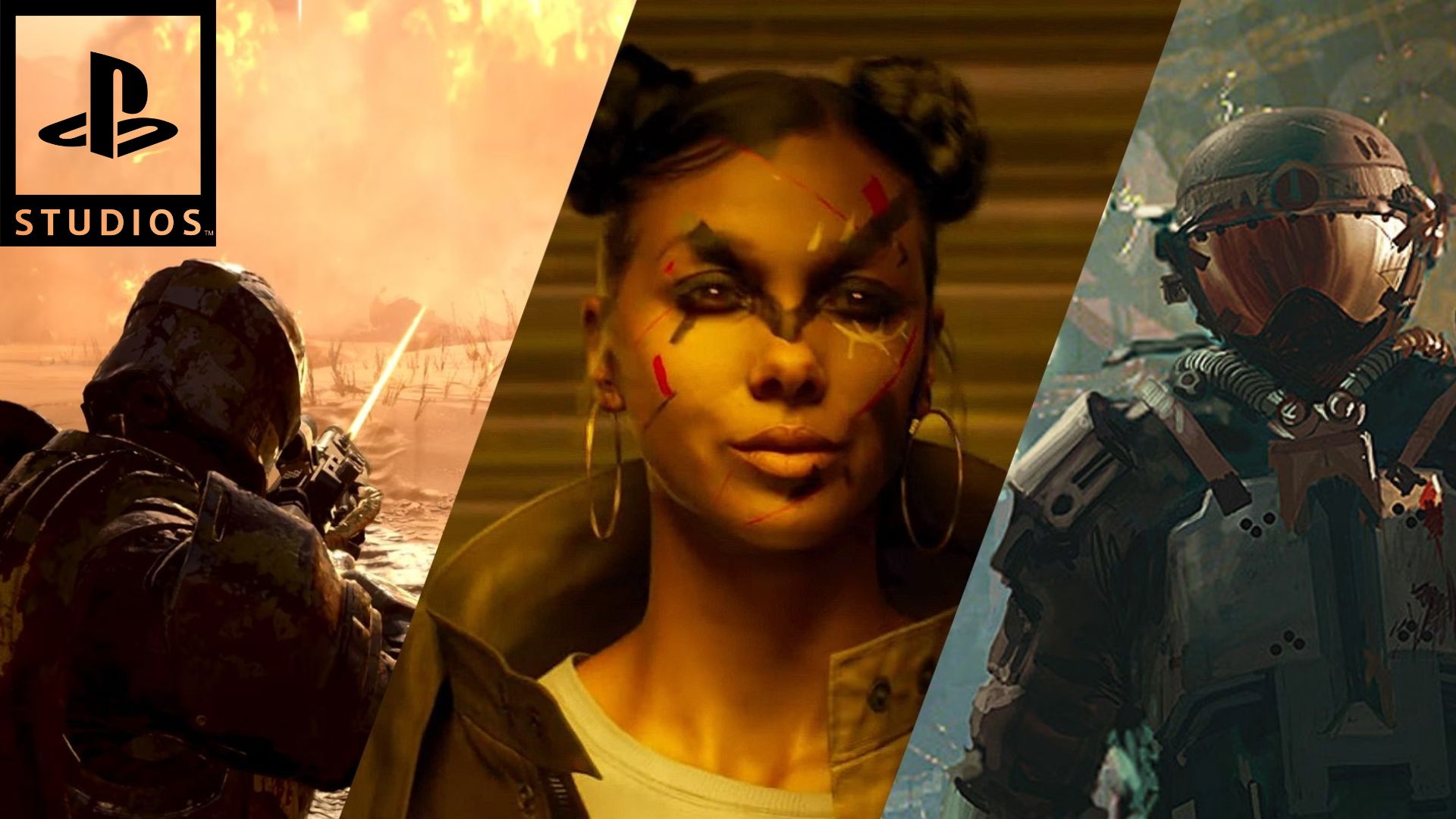- AI-driven narratives hold the potential to transform games in multiple ways.
- They can improve immersion, cut game budgets, and even create more adaptive gameplay.
- As technology matures, both AAA and indie teams are likely to benefit from artificial intelligence.
Stories in games play a fundamental role in drawing players in. From grand epics to small indie stories, narrative has always been the heart of gaming. However, as the medium becomes more dynamic and personal, conventional narration is beginning to feel somewhat stale. This is where AI narrators step in.
Although artificial intelligence in gaming has led to strides in graphics technologies and NPCs, game narration is also improving significantly. TTS (Text-to-Speech) technology, powered by AI, is unleashing the potential for in-game storytelling that dynamically adjusts to different situations.
Instead of a fixed voice track recorded in a studio, studios are moving toward a future where the narrator can adjust the tone, respond to player choices, and even reflect a player’s unique journey through a game.
Why it matters: Gaming narratives are becoming the center of attention in many cases today. Titles like The Last of Us remain popular for their exciting narratives.
Static Traditional Narration

The majority of narrative-driven games take a linear or branching course. Authors collaborate with voice actors to realize the narrative, but when the script has been recorded, it’s fixed. Deviating from the scripted course involves re-recording, an expensive and time-consuming endeavor.
This has been an effective strategy for decades, particularly in games with large production budgets. Even the most interactive narrative games, however, tend to depend on static narration.
There’s only so much room for improvisation when your narrator can’t respond outside the limits of pre-authored lines. AI voice narration can turn this limitation on its head.
Adaptive Narrators

Suppose you do something morally ambiguous in a fantasy RPG. Rather than receiving the same narration as everyone else, the AI narrator changes tone, potentially sounding disapproving or approving of your actions.
This is where the technology excels. It can take player choice, play style, or even past in-game experience and change the tone, wording, or presentation accordingly for interactive storytelling.
As voice synthesis technology and large language models become more advanced, game developers are gaining more capabilities to create dialogue, descriptions, and commentary in real-time without sacrificing the emotional depth we expect from master voice actors. The result? A more interactive and intimate gaming experience.
The Immersion Factors

In a world where everything is personal, gamers want to see their voices matter.
Let’s say you decide not to fight. The AI narrator could eventually change the tone to emphasize your pacifism. Moreover, if you rush through all combat, they could be exasperated or awed. Effectively, it’s your gameplay creating the narrative tone.
Being seen by the game creates a sense of depth in immersion while also creating emotional investment.
Scaling Stories Without Shattering The Budget

AAA games are currently facing budget challenges, and one of the priciest aspects of game production is voice acting, particularly for narrative-intensive titles. Each line must be scripted, voiced, reviewed, and implemented. Should developers wish for more branching decisions or enhanced personalization, expenditures rapidly increase.
By leveraging TTS and generative models, developers can expand their storytelling capabilities without the need for constant retakes. This doesn’t imply that human actors are a thing of the past, but it does mean that they can concentrate on key performances as AI manages dynamic narration or side content.
Smaller studios, in particular, will gain greater benefits. With fewer resources, they would be able to create better narratives that would have been financially unfeasible otherwise. This would aid the ongoing rise of indie and AA titles across the industry.
Narration As A Gameplay Mechanic
Things get even more interesting when you consider the potential for narrative turning into a gameplay mechanic.
Consider a game where the narrator deceives you, responds in real-time to your failure, or gradually shifts depending on your moral decisions. AI voice tech can take that even further.
For instance, a horror game could have a serene, detached narrator initially. As your character’s mental state deteriorates, so does the narrator’s voice. All of this could be done dynamically, depending on how you play.
This turns narration from a passive storytelling device into an active design tool capable of creating tension, humor, or intimacy in ways never thought possible.
All in all, AI narrators are a paradigm shift for how games are narrated. By enabling adaptive voice, real-time personalization, and scalable content generation, they provide the key to greater immersion and more significant player agency.
Thank you! Please share your positive feedback. 🔋
How could we improve this post? Please Help us. 😔
[Senior News Reporter]
Avinash is currently pursuing a Business degree in Australia. For more than 5 years, he has been working as a gaming journalist, utilizing his writing skills and love for gaming to report on the latest updates in the industry. Avinash loves to play action games like Devil May Cry and has also been mentioned on highly regarded websites, such as IGN, GamesRadar, GameRant, Dualshockers, CBR, and Gamespot.




